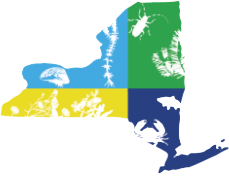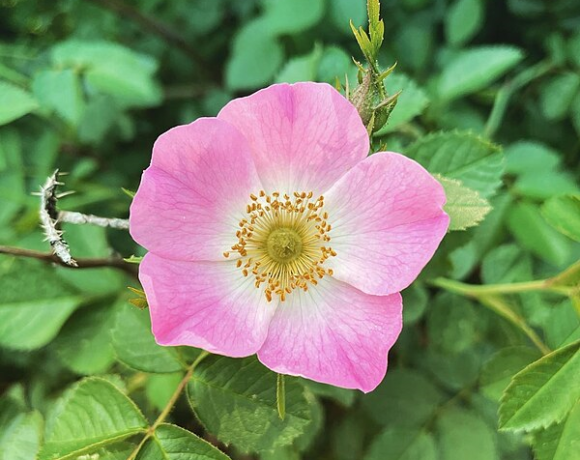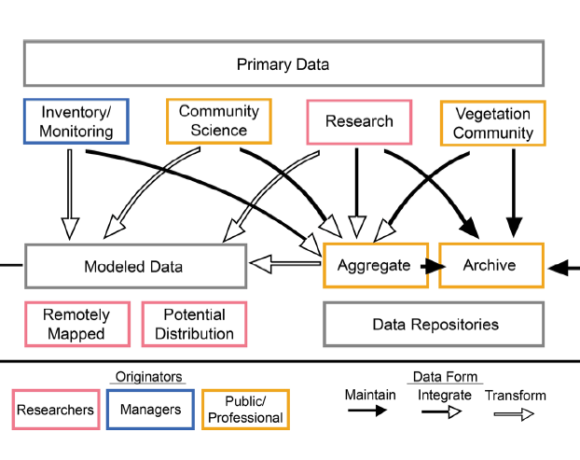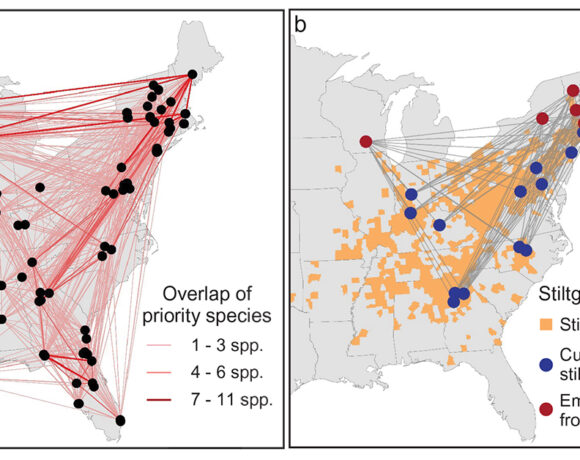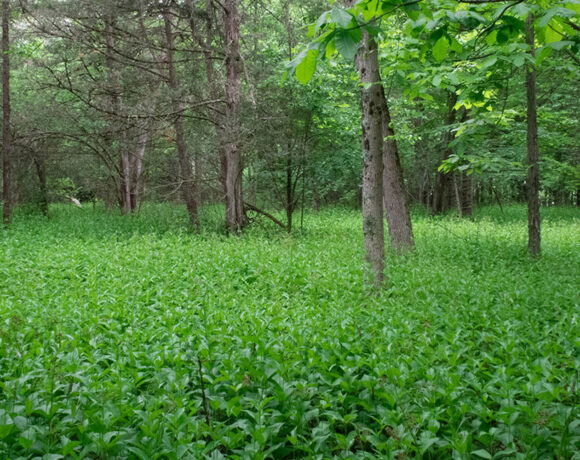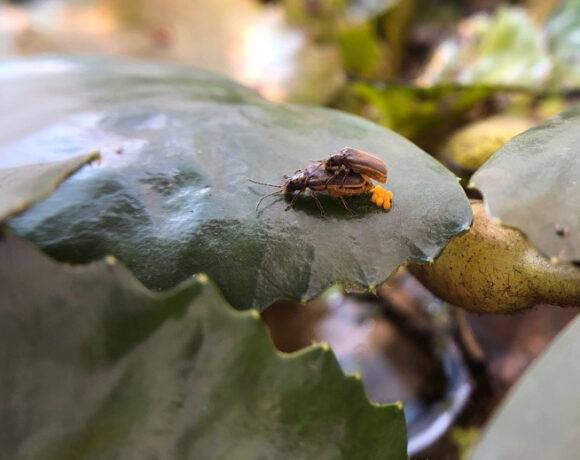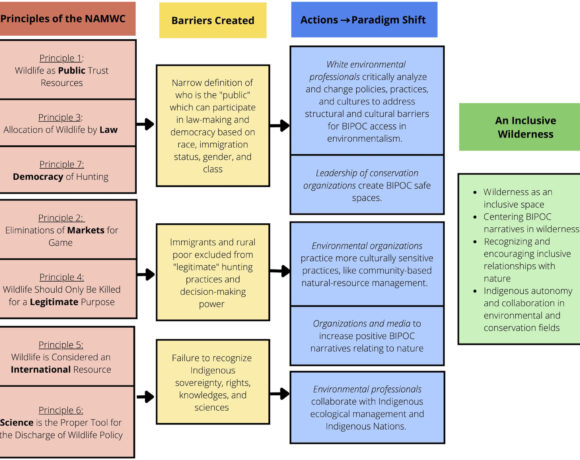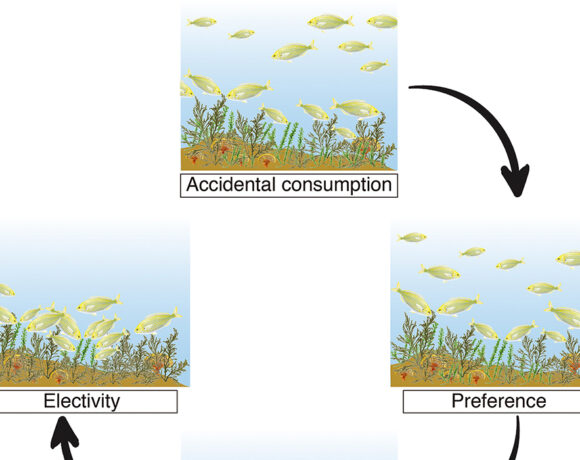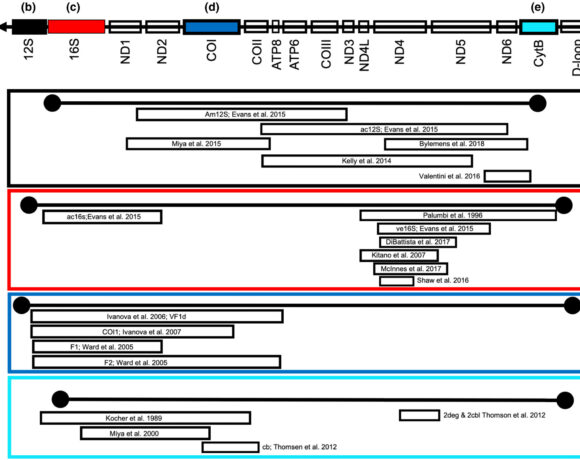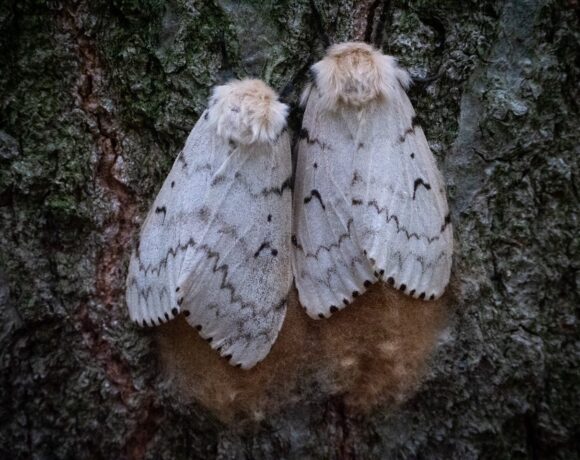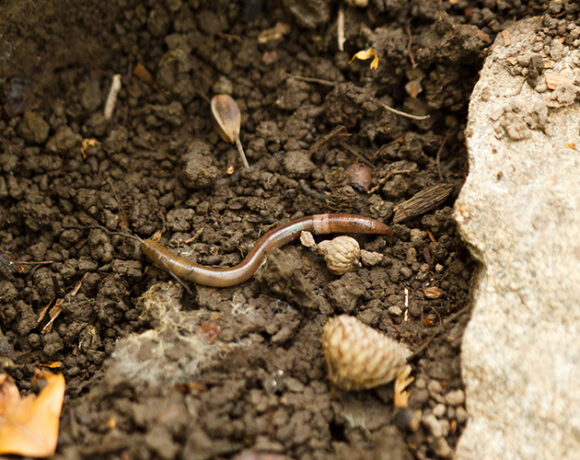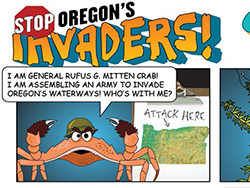Comparing effects of invasive plant management: a case study of biocontrol vs. herbicide
Summary written by Justin Dalaba, edited by Audrey Bowe
Managers are faced with many decisions when it comes to invasive plant management options, yet there are benefits and drawbacks to each. This study provides a unique opportunity for comparison of herbicide and biocontrol impacts on the invasive woody shrub, Calluna vulgaris, as well as indirect effects including non-target impacts, secondary invasion, and native plant recovery. The 5-year field trial in Tongariro National Park, New Zealand, where there is a high endemicity of plants that are particularly vulnerable to invasion, offers some insight into the need for evaluating non-target impacts of invasive plant treatments and long-term monitoring for secondary invasion. In their study, Peterson et al. utilized two control methods for Calluna vulgaris, which is considered one of the worst invasive plants in the park. Researchers applied these treatments (biocontrol, herbicide, insecticide + herbicide, and control) randomly across twenty-four 5×5 meter plots and followed plant cover and species richness over 5 years. They found that biocontrol introduction of the heather beetle (Lochmaea suturalis) reduced invasive plant cover by 97%, compared to 87% reduction from herbicide (Pasture Kleen; 2,4-D ester), and a 20% increase in the control. Native dicot cover increased after biocontrol, while herbicide had major non-target effects on native dicots. Notably, secondary invasion was greatest with biocontrol because non-native dicot cover increased in newly cleared space, where herbicide almost eliminated non-native dicots. Despite secondary invasion, biocontrol did not have severe non-target impacts on native dicots compared to herbicide, and thus had the greatest benefits to native flora.
Key take-aways:
- Restoration goals are often compromised by low efficacy of target plant suppression resulting from regeneration, invasion by other weeds (secondary invasion), and native seed limitation
- Both biocontrol and herbicide application effectively controlled the target invasive in this study, but biocontrol had the best outcomes for native flora, while herbicide had dramatic non-target effects on the most species-rich native plant group
- There was no evidence of parasitism, predation of, or non-target feeding by the biocontrol agents, suggesting a long-term and sustainable control
Management implications:
- Biocontrol can be a more appropriate method than herbicide application at a landscape scale
- Non-target impacts of herbicide should be considered before determining if it is an appropriate control for invasive plants
- Rapidly removing the largest vegetation cover can allow space and resources for other species to invade, regardless of what control method is used
- Wherever possible, management impacts should be measured for longer than 5 years to more sufficiently quantify native plant community responses and secondary invasion

